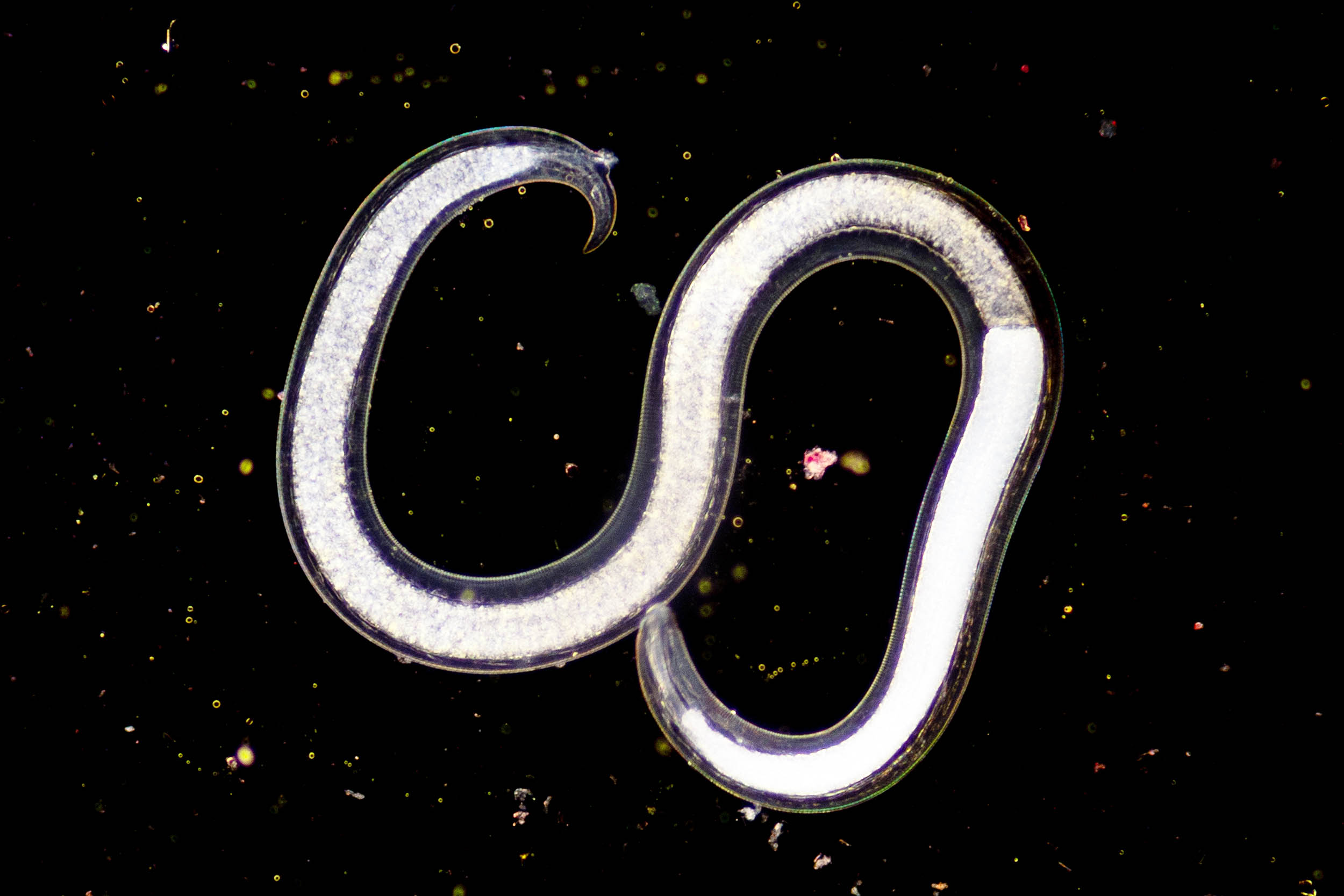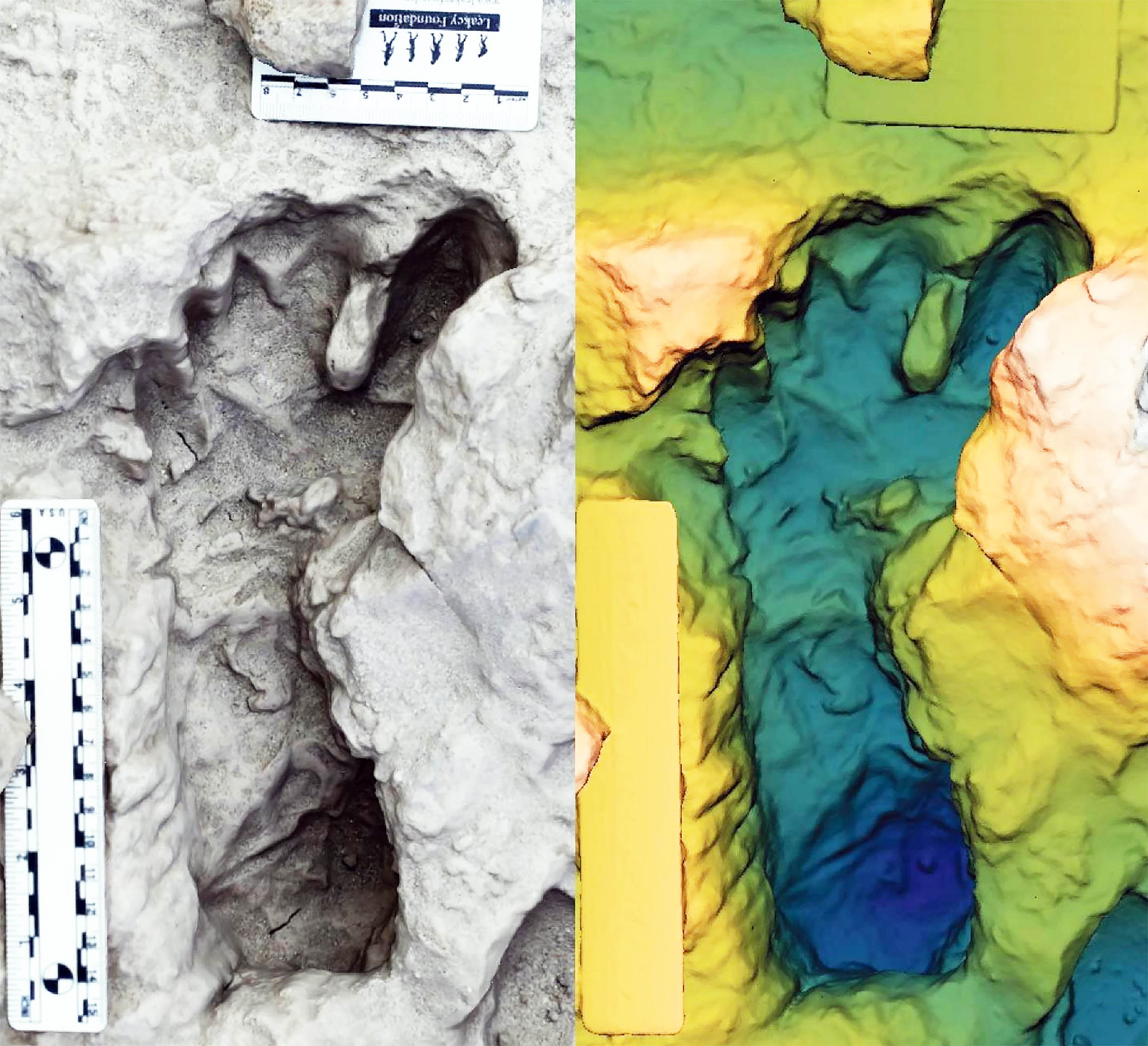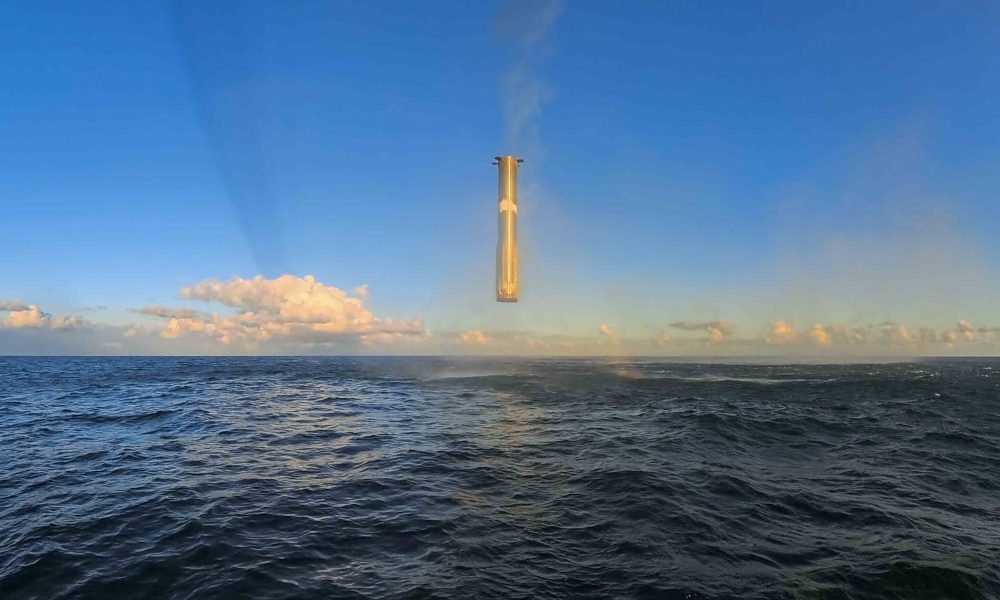Unbelievable Laser Communication: NASA's Psyche Spacecraft Sends HD Video from 290 Million Miles!

Ever looked up at the night sky and wondered what those strange lights really are? While some might be just airplanes or circus spotlights, others are a gateway to the future of space communication!
Enter NASA's Optical Communications Telescope Laboratory, located at the Table Mountain Facility in California. When you see those dramatic beams of light shooting from it, don’t think flashy searchlights; think cutting-edge technology making interstellar communication a reality!
These beams are part of a groundbreaking communication protocol that has successfully linked NASA's Psyche spacecraft, currently a staggering 230 million kilometers (143 million miles) away from Earth. Launched in 2023, Psyche is on a mission to study asteroid 16 Psyche, which circle the sun between Mars and Jupiter.
The magic happens thanks to the spacecraft's Deep Space Optical Communications (DSOC) laser transceiver. Unlike traditional radio-frequency systems that often feel like waiting for a dial-up connection, DSOC allows for faster and more efficient communication by encoding data in laser photons. In fact, NASA’s Mars Reconnaissance Orbiter takes a whopping 1.5 hours just to send one high-resolution image back home!
But hold onto your helmets! DSOC has proven to be a game changer. In a series of 65 experiments, it showed off its capabilities by transmitting a 15-second HD video—yes, you read that right—of a cat chasing a laser dot across a distance of 31 million kilometers (19 million miles) in just 101 seconds. Talk about a purrfect demonstration of technology!
This was just one of many leaps forward for DSOC, which also managed to maintain two-way communication from an astonishing 467 million kilometers (290 million miles). The final test took place on September 2, where Psyche beamed back crucial data from 350 million kilometers (218 million miles) away, proving that the future of space communication is not only bright but also incredibly fast!


























